The content of the article
Bay leaf is very popular among hostesses. It is added to various dishes to give a specific taste. Most cooks purchase seasoning in a spice store in a finished package. However, buyers do not know that collecting and drying bay leaves is a laborious task with many rules.
Laurel oil is famous for its beneficial properties. It is added to cosmetic products and antibacterial agents, such as soap. In the food industry, it is added to sauces, spice mixes, and other foods. Dried leaves are often used when cooking soups - they add a subtle flavor. One leaf is enough to completely change the taste of the dish.
Some prefer self-dried lavrushka. Before this occupation it is necessary to understand the features and nuances of the case.
Harvesting
The collection of leaves begins in early autumn. The main value of bay leaf is essential oils, which accumulate most in the morning, which means it is necessary to collect seasoning at this time of day. Homogeneous, intact specimens work best. Tear off the leaves should be carefully, so as not to spoil them. For harvesting suitable trees that are more than 3 years. The larger the leaf, the stronger its flavor and taste.
Drying bay leaves at home
A quality dried sheet is easy to identify: it feels like thin cardboard to the touch. Before drying, the color is dark green, after - closer to olive. When the bay leaf begins to crumble, break, become covered with bloom or becomes soft, it means that it has deteriorated and cannot be used in cooking. The surface of the leaves is monotonous, it should not be stained from a long stay in the sun. The smell should be pleasant, without sharp shades.
Lavrushka can be dried in the same way as other herbs. However, there are several nuances that are important to consider during the procedure.
- The room where the drying takes place must be isolated from extraneous odors, since bay leaves tend to absorb the surrounding flavors. This may affect future smell and taste.
- Before drying, all the leaves are rinsed thoroughly in water. Lavrushka unfolds on the surface with good ventilation (for example, mesh).
- On the leaves should not fall the sun's rays.
- You should not save on the distribution area: all the leaves are not touching each other. Otherwise, they will stale, dampness is formed, which leads to decay of the foliage.
- In this position, they are 12-15 days. During this period, they must be turned over once so that the moisture evaporates evenly.
After drying, most of the herbs lose their essential oils, but laurel is an exception. The aroma remains as saturated. It is a common misconception that the presence of even a short sprig on a leaf can drastically change the taste sensations. In fact, there is no difference.
A dark, well-ventilated room is needed to dry the bay leaves. For this task the attic is well suited.If it is missing, you can place a canvas with leaves in the shadow of any of the rooms. However, it is important to note that the shadows change their location. It is necessary to move the sweetheart so that the sunlight does not burn it.
Alternative to the classical method
In an apartment without a large free space, you can also dry the bay leaves. The procedure will require an oven. The temperature should be 40-45 degrees. The whole process is distributed in stages:
- Prepare a baking sheet, wash it and dry.
- Place the bay leaves on the whole baking sheet area so that they do not touch each other.
- Leave them in the oven for 7-8 hours, but after 3-4 hours you need to turn the leaves to evenly distribute the drying.
- For better air flow, it is better to leave the oven door slightly open.
This method requires special care. Leaves must not be burned. Throughout the process it is necessary to regulate the temperature.
Modern technologies
Drying of bay leaves has been practiced since antiquity. The method used by the mistress of the time, tested over the years.However, progress provides a person with equipment that simplifies certain things and processes. The dehydrator is a technique for drying fruits, vegetables, herbs, etc. It evenly removes moisture from objects. It is also used for drying lavrushka:
- The device is heated to a temperature of 35-45 degrees.
- Rinse the leaves under cold water, place them on a towel or cloth and let them dry.
- In the dehydrator trays fit in 1 layer all the leaves for 2-4 hours.
It should periodically check the status of Lavrushka. It will not be superfluous to study the equipment manual. There are painted in detail the action when drying.
Useful tips
- If fresh leaves are indicated in the recipe, and there are only dried leaves on hand, they can be used, but taking into account the fact that dried herbs have a stronger taste, therefore they need to be added in a lower dosage.
- Store Lavrushka should be in an airtight material (container or bag with a clasp).
- Do not allow direct sunlight, the optimal storage temperature is 20-25 degrees.
- Sunlight is not suitable for drying, because beneath it leaves turn brown, become stained and burned, and much of the essential oils are lost.
- The folk method of drying bay leaves are the best.Not all housewives have special equipment.
When storage conditions are observed, bay leaves retain their properties for up to two years; however, it is best to replenish stocks of bay-cake in a year. As a rule, at hostesses this seasoning is not stored for a long time, as it is used when cooking many dishes.
Video: how to grow (laurel) laurel tree at home?

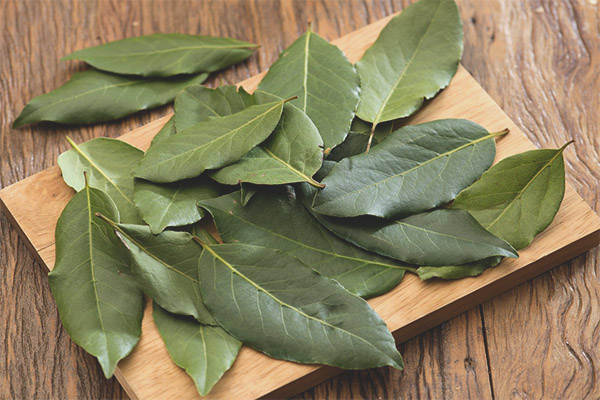
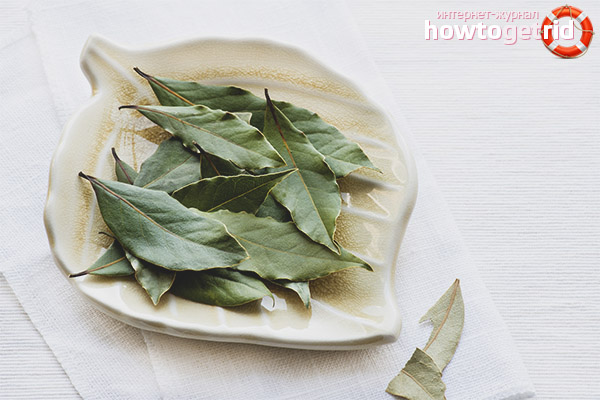

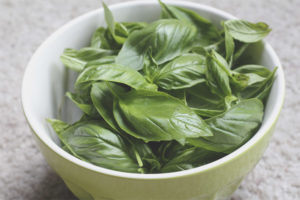
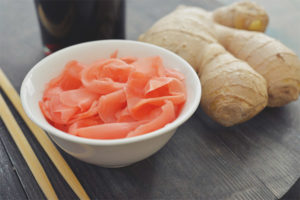

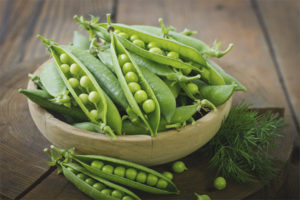

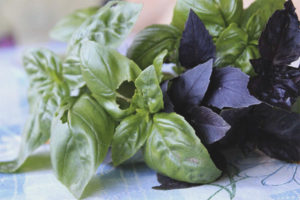
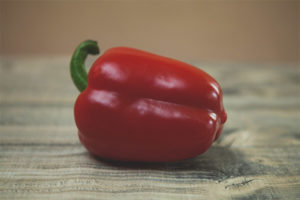
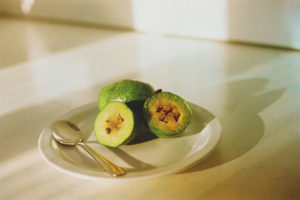
To send